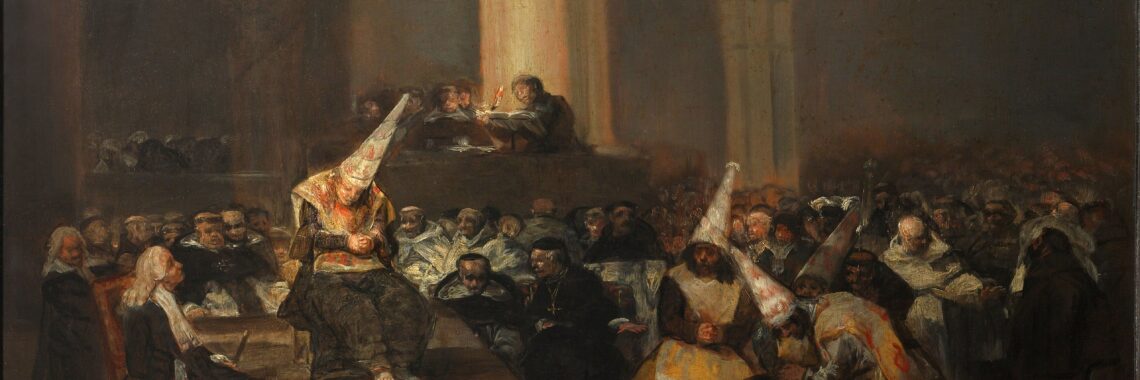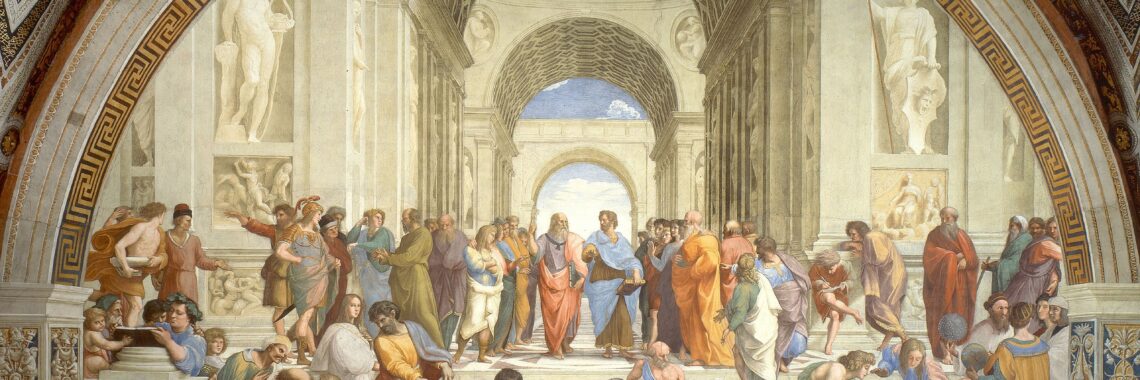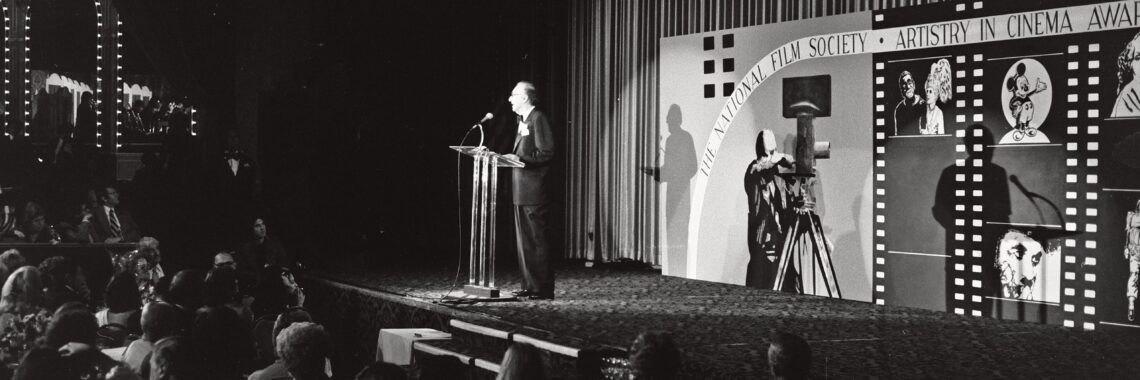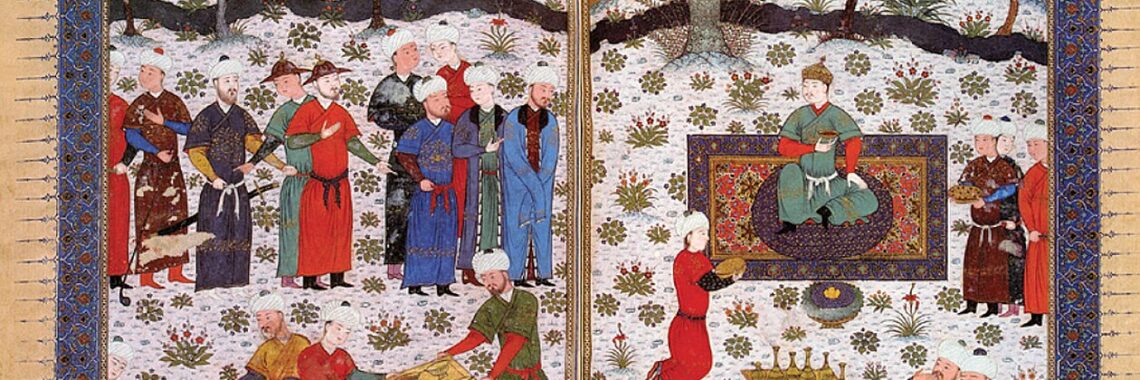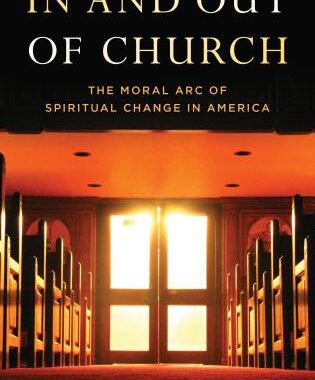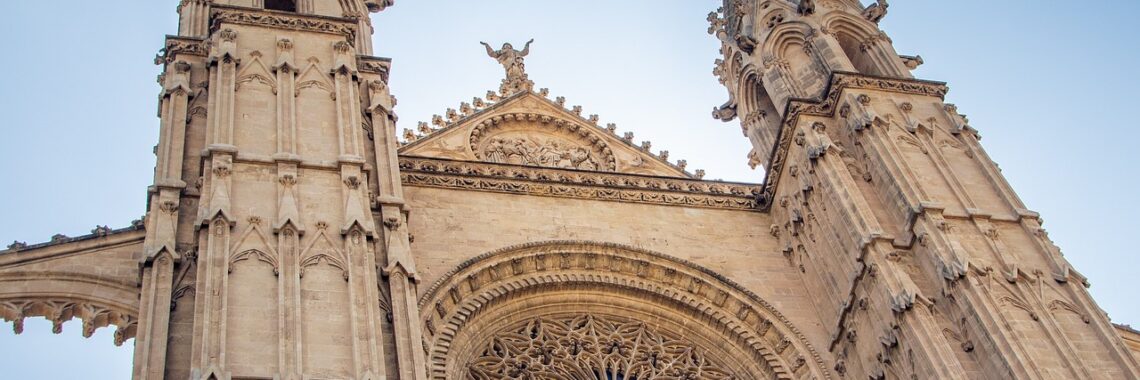“Alignment to Nothing: AI and the Moral Power of the Silence to Be Human” by Kevin Lee
Monks in Majestic Bhaga Valley, India by Vyacheslav Argenberg © (CC BY 4.0). Breonna Taylor was an emergency room technician in Louisville, Kentucky. Her coworkers said she was calm under pressure, good with patients. She was twenty-six. On the night of March 12, 2020, after her shift, she fell asleep in her apartment watching a…



